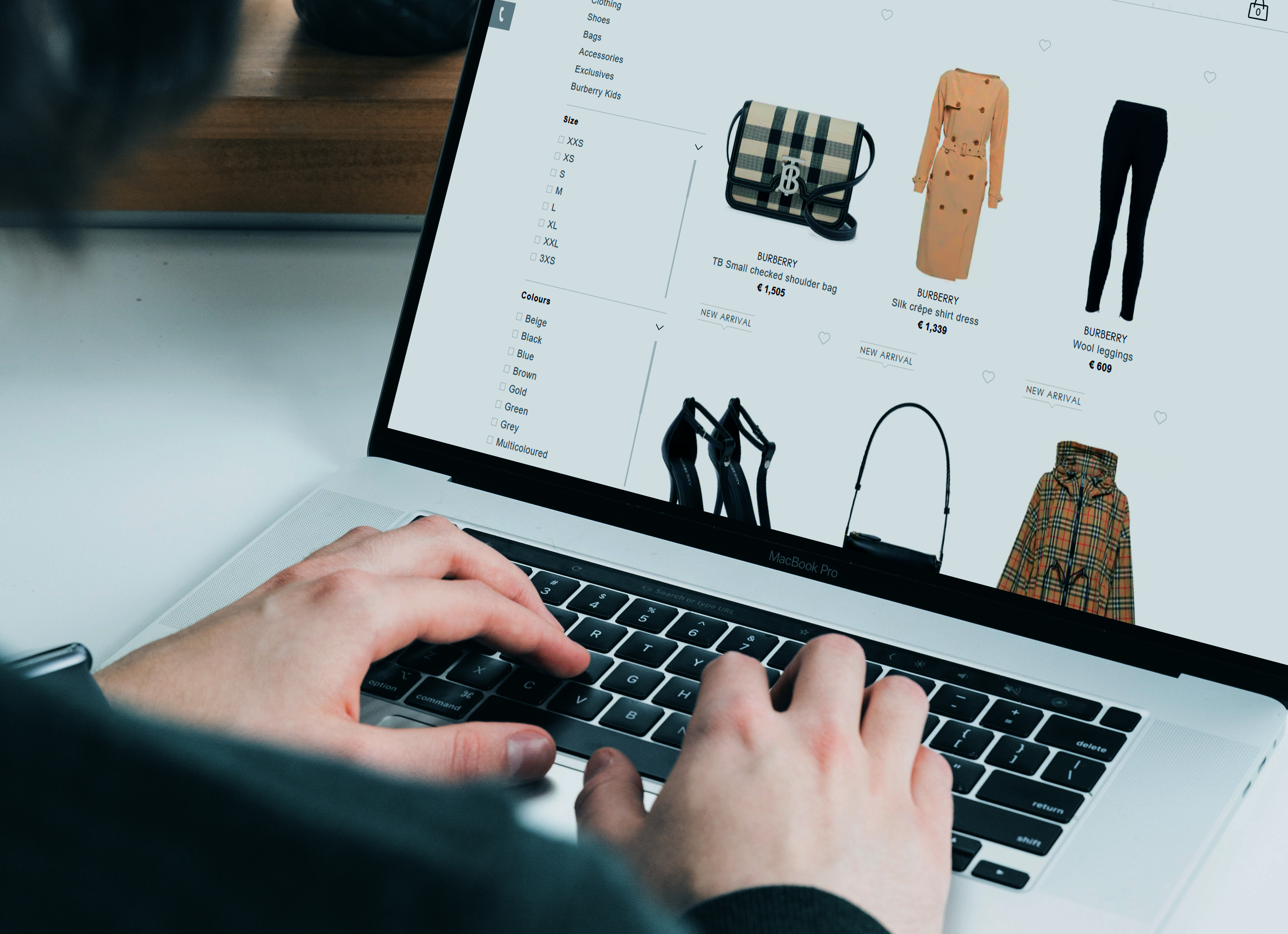消费者购物时感觉安全吗?
The World Health Organization’s announcement of the global pandemic COVID-19 in March 2020 marked the beginning of a new challenging era. From corporations to end consumers, enormous changes in decision-making processes have been observed across sectors.
For businesses, the pandemic brought about the challenge of addressing the need to deliver a safe experience for customers.
As procedures were established to ensure the safety of both clients and frontline teams, the behaviors of luxury goods consumers likewise transformed. They became more conscious of the safety measures in place at the stores, and the stores’ protocols for face-to-face interaction with sales advisors.
In the second quarter of 2020, we launched the Health Index that defines the level of safety perceived by clients when interacting in a retail environment and provides the most up-to-date insights to luxury brands. The Health Index comes with an Industry Benchmark to position your brand versus your competitors.
Health Index outcomes are inconsistent across different markets
The results of the Health Index varied across markets and industries. The surveys data collected from June 2020 until February 2021 showed that consumers in Europe (67%) and the Middle East (61%) regions are more likely to feel safer to visit the stores, whereas customers in the Asia regions (56%) feel less certain about the stores’ safety (China being at 66%). Remarkably, the majority of customers in North America feel very confident about the store safety, with 86% saying they felt very safe to visit the stores. (Exhibit 2)
The difference may be influenced by factors such as the following:
- The number of confirmed COVID-19 cases and deaths
- Local safety standards and procedures applied by the respective countries
- Vaccination campaigns
- The timing of data collection for the Health Index, as the pandemic varied in intensity during different periods of the past year
- News and media coverage about the pandemic
- Different cultural perceptions of safety
The Global Luxury Shopping Environment
What have we learned so far through the Health Index? Here are some of our key findings.
Customers are starting to feel safer to shop in-store
Luxury customers are gaining back their confidence in shopping at stores. In 2021 Q1, around two-thirds of luxury consumers felt very safe to shop in-store. The results were significantly higher than the previous quarter at the beginning of the Health Index evaluation in 2020 Q2. (Exhibit 3)
Luxury brands may need to reassess their safety measures
On average, at least three safety measures are in place at the stores. Wearing masks (90%), maintaining social distancing (61%), and providing protective equipment (58%) are the most applied safety precautions. (Exhibit 4)
The number of safety measures are inconsistent between markets as well. In the American market, customers found at least four safety measures in place. This may explain the high level of safety confidence there.
However, around one-fourth of luxury customers feel that the safety measures are either too restricted or not sufficient. This indicates that luxury brands might need to start reevaluating whether their current safety protocol is relevant. This is particularly true for the brands and stores located in markets greatly affected by the pandemic, where ensuring a safe shopping environment should still be a hot topic in 2021.
Why a Safe Shopping Environment Matters for Brands Today
Before we launched the Health Index, many people suspected it would have a huge impact on brand advocacy. Our study is confirming this, as we have found a strong correlation between advocacy and an experience that is perceived as safe.
Now, is this perception of safety the key differentiator for brands?
The short answer is no. But without it, brands have everything to lose.
For instance, under the “very safe” shopping environment condition, over half of customers turned into brand ambassadors, whereas only one-fourth of customers became ambassadors when they did not feel very safe shopping at the stores.
This data shows that offering a safe shopping environment is the threshold for greater customer engagement and advocacy. Maintaining a high standard of store safety is merely the prerequisite. Failing to provide this to clients may lead to the loss of positive word of mouth, and with it, potential business.
Moving Forward
Many brands have already upped their efforts into making luxury customers feel very safe to shop at the stores.
One reassurance that we all need, especially in this time of uncertainty, is that the world around us cares. Being proactive in providing your customers and staff with a safe place to shop or work in sends this important message, and that makes a significant difference.
Some may think that the next question is, “How many safety measures are enough?” But the key is to monitor the perceived effectiveness of those measures and adapt the protocol accordingly.
Ask yourself what makes customers feel safe when they shop at your stores, and then continue your efforts and improve on them when you can. Then, determine what makes customers not feel safe when they shop at your stores. Pin down the reasons behind this perceived lack of safety and find out which specific aspects of your safety protocols can be optimized to ease your clients’ worries.
As the sanitary situation is rapidly changing, brands need to continuously keep an eye on what makes clients feel safe inside their stores and what does not. We must continuously refine our safety procedures when interacting with clients to offer them the safest in-store experience.
If you are interested in learning more about the Health Index and accessing our analysis, please contact your local customer relationship manager for further details.


